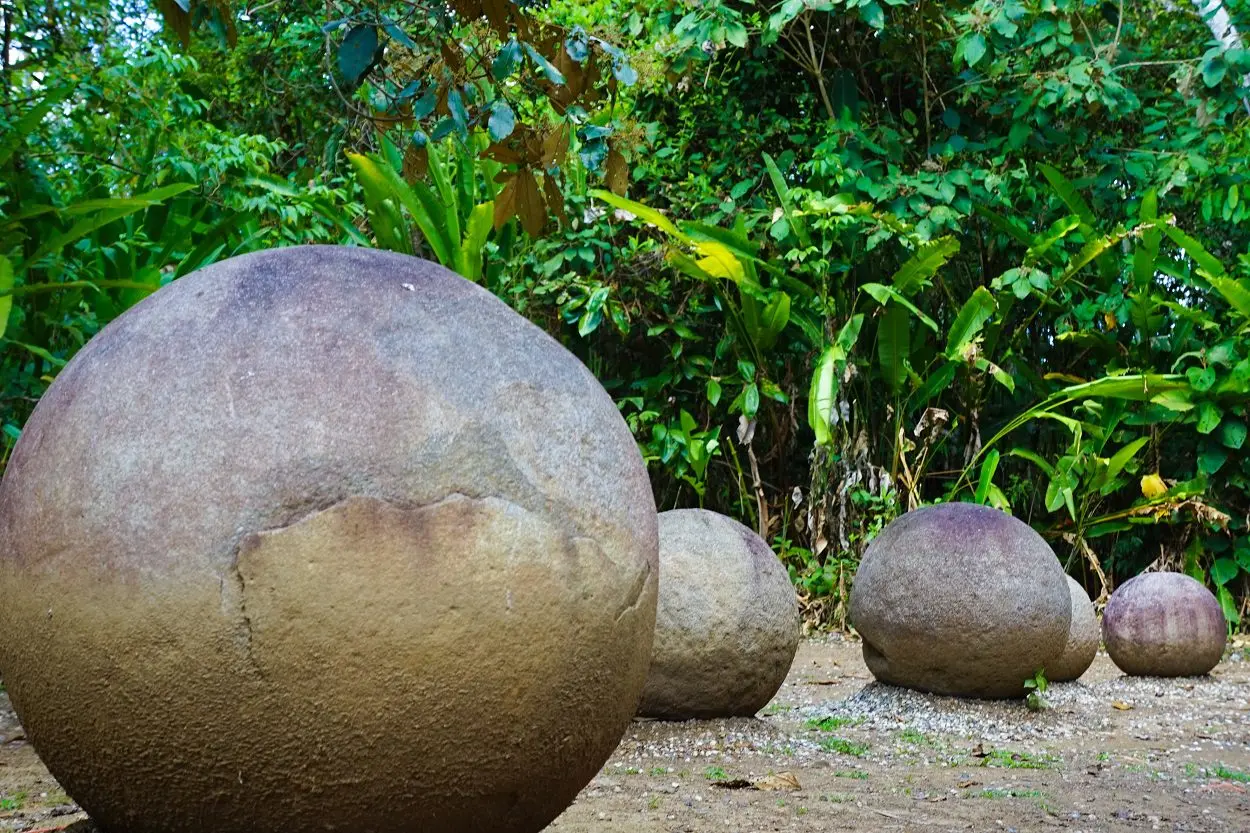A team from the National Institute of Anthropology and History (INAH), and the National School of Conservation, Restoration and Museography (ENCRyM), have undertaken a project to conserve Costa Rica’s stone spheres.
Over 300 stone Petrospheres, often referred to as the Diquís Spheres, have been found on the small island of Isla del Caño and the Diquís Delta in Costa Rica.
The spheres are attributed to the now extinct Diquís culture, a people that first emerged in the Valley of the Rio Grande de Térraba during the Synancra period around 1,500 to 300 BC.
Between AD 800 to 1,500, the culture reached its apex of cultural development – with Diquís artisans creating elaborate ceramic, bone, and gold objects, and sculpturing stone spheres that were placed in important zones and places of alignments in public plazas.
The Diquís Spheres vary in size, spanning from a few centimetres to over 2 meters in diameter. The spheres are predominantly crafted from gabbro, a phaneritic mafic intrusive igneous rock resembling basalt, but there are also instances where limestone and sandstone are used.
The process of sculpting these spheres involved hammering boulders into a rough spherical shape using denser rocks, then meticulously polishing using sand to achieve a smooth finish.
According to the researchers: “The importance of these spheres constitutes elements of identity for many indigenous communities in Costa Rica, and are the only cultural asset that the country has inscribed on the World Heritage List of the United Nations Educational, Scientific and Cultural Organisation (Unesco).”
Based on studies carried out on the largest stone spheres, experts from the ENCRyM and the National Museum of Costa Rica have investigated the materiality of these cultural assets to optimise their conservation treatments, assess the cultural significance of the sites, and to protect the cultural heritage for future generations.
Header Image Credit : Shutterstock





